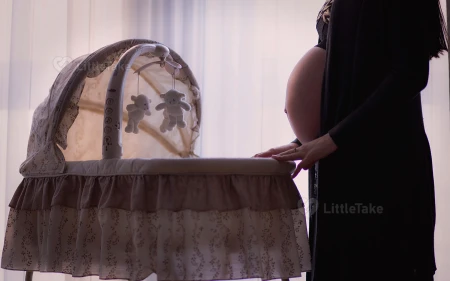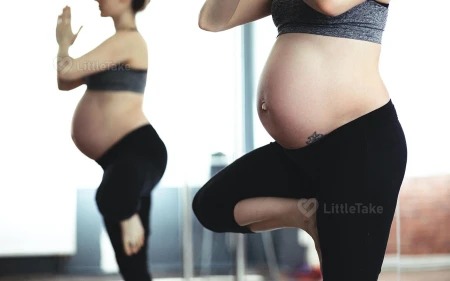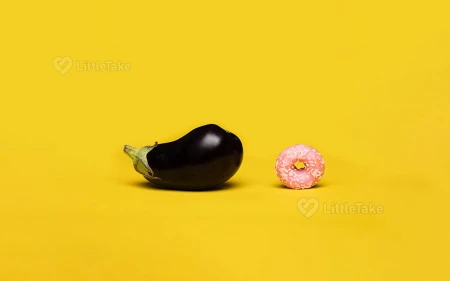
Fertility & Your Menstrual Cycle
Understanding the relationship between fertility and the menstrual cycle is essential for couples trying to conceive. Here's an overview of the key phases of the menstrual cycle and their impact on fertility.
Phases of the Menstrual Cycle
- Menstrual Phase: This phase marks the beginning of the cycle and is characterized by shedding of the uterine lining, resulting in menstruation.
- Follicular Phase: The pituitary gland releases follicle-stimulating hormone (FSH), stimulating the growth of ovarian follicles. One dominant follicle will eventually mature into a viable egg.
- Ovulation: A surge of luteinizing hormone (LH) triggers the release of the mature egg from the ovary. Ovulation typically occurs around day 14 of a 28-day cycle.
- Luteal Phase: After ovulation, the corpus luteum secretes progesterone to prepare the uterus for possible implantation. If fertilization does not occur, the corpus luteum disintegrates, and the cycle begins anew.
Fertility & Timing
The fertile window is the period during which a woman is most likely to conceive, usually spanning six days: the five days leading up to ovulation and the day of ovulation itself. Tracking your menstrual cycle and using ovulation predictor kits can help you identify your fertile window and increase your chances of conception.













